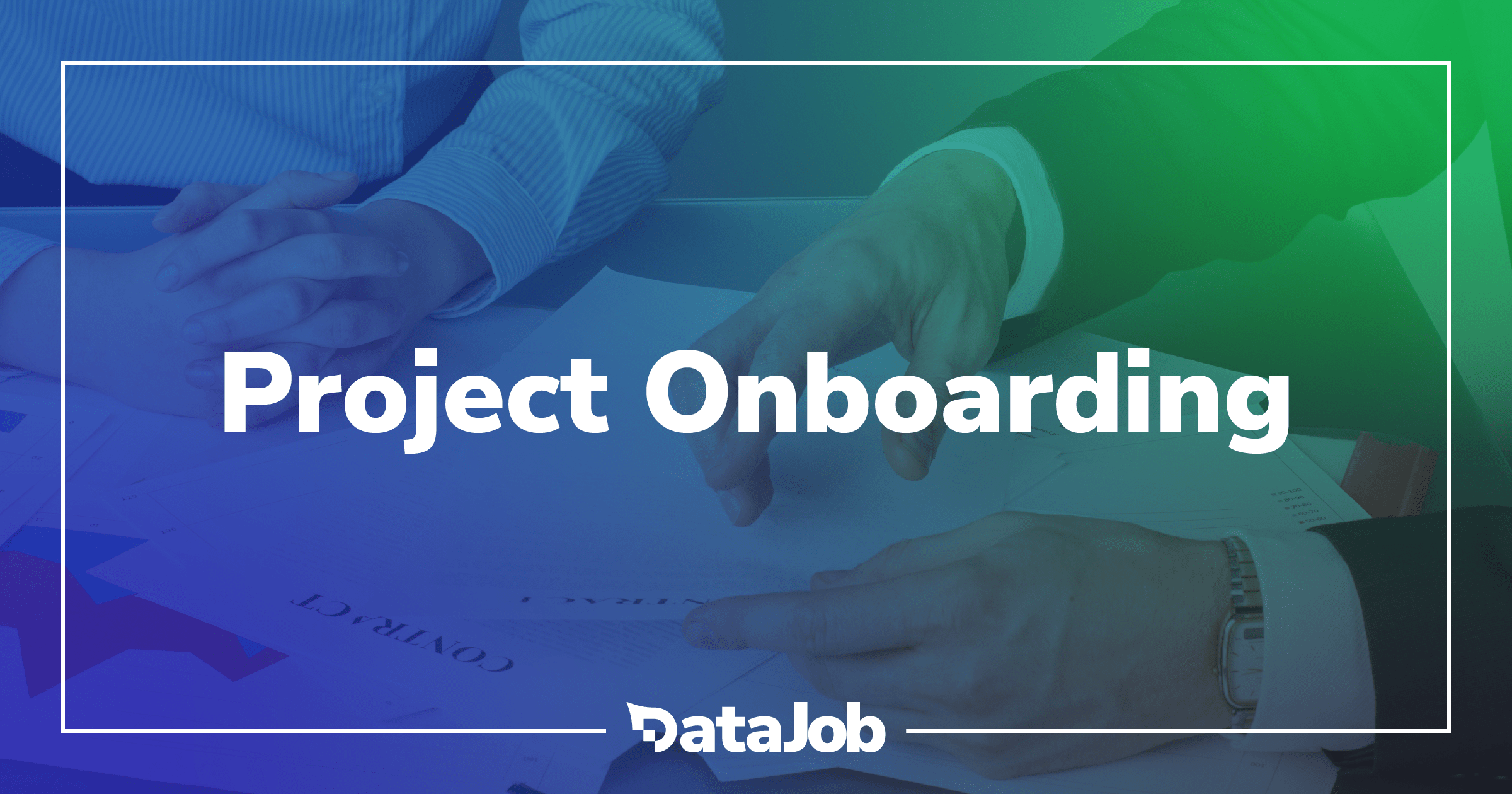When onboarding a new client, it’s important to start off on the right foot. Onboarding a new client can be exhausting for both parties involved. For the software consultancy company, it can be difficult to determine how to propose a way of working or to define a team shape. For the client, it can be challenging to determine what is needed from them to get started.
In this article, we will outline three steps to successfully onboard your client’s projects.

Phase 1 – Discovery
The key to successful onboarding is understanding your client’s needs. This begins during the Discovery phase, where you should understand what your client wants.
- Start by gathering requirements and specifications.
- Q&A sessions are also essential, as they give you the opportunity to ask questions and probe deeper into your client’s needs.
- By understanding their business goals and desired outcomes, you can then recommend the most appropriate technologies, tools, and team shape for the project.
Once you have a good understanding of the project, it’s time to propose a way of working. In the long run, it always pays off to plan ahead.
After you’ve submitted your proposal, your work isn’t done yet! It’s important to get feedback from your client and make any necessary adjustments to your proposal. This way, you can make sure you’re both in agreement and that they’re happy with the way things are going to work.
Phase 2 – Setup
Next is the Setup phase, which will define the scope of work and we’ll start a few sprints. This will include the following steps:
- Define the scope of work. Establish a complete short- and long-term scope.
- Define the cadence of increments. Make a lineup of how often the client needs to see progress.
- Define phases of working and keep track of timelines and results.
- Define processes for everything (approval, testing, design, etc.).
- Check all the potential 3rd party integration points that are expected with the client.
- Start a few sprints. This is a test period to establish solid ground.
To prepare for the next phase, set up the project and agree on how it will be delivered. In most cases, the preferred way of working is SCRUM, but we are flexible and can adjust to other options such as Kanban or Waterfall if needed. It’s important that both you and your client are in agreement and have a clear understanding of what’s expected from each other.
Phase 3 – Stable development
The last step of the project onboarding (that continues afterward) is to start the stable development phase.
- Work sprint by sprint to achieve efficient increment, as agreed before.
- Redefine processes to adjust for better results.
- Demo and review completed work with the client and general overview of what is done.
- Make Change Requests/Improvements, which is important for getting the envisioned product.
- Document everything so everyone is on the same page. Ask what type of documentation is needed or expected by the client.
Useful tips before starting your next project
It’s a good idea to set expectations early on. This includes things like deadlines, communication methods, and how often you’ll be providing updates. By establishing these ground rules from the beginning, you’ll avoid any misunderstandings, missed deadlines, or conflicts down the road.
To get started, ask for additional information including the project name, start and end dates, budget, and the team’s contact information. Also, you’ll need to know about the company’s culture, processes, and how they work. This information is essential in order to deliver a successful project that meets client’s expectations.
It’s not wise to have all information about the project for yourself. The key to a successful project is having all your employees on the same page. This way team members can contribute fully to the project, spending less time trying to figure it out and more actually completing their tasks.
Conclusion
Having a successful onboarding process is key to a productive and stable relationship with your clients. By following the three phases above (1 – Discovery, 2 – Setup, 3 – Stable development) and taking the time to learn your client’s business and their individual needs, you can ensure that everyone is sharing a general understanding from the start and that your projects run as smoothly as possible.




